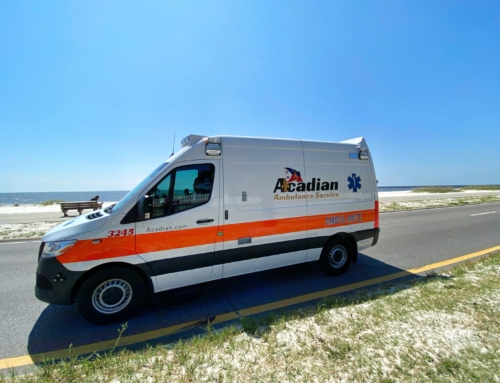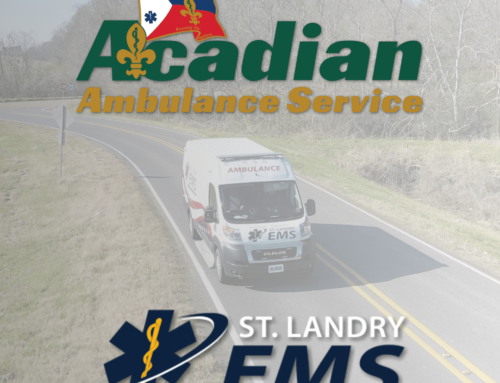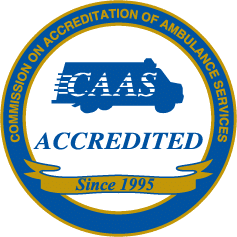Originally posted March 23, 2020 from a Texas EMS Alliance press release
Texas EMS agencies, serving on the front line of our state’s health care system, are prepared to address the spread of coronavirus and COVID-19 in Texas communities. The Texas EMS Alliance (TEMSA) has been gathering information from EMS agencies across the state related to their preparation for the pandemic and the cases that they have encountered.
Community Coordination
Texas EMS agencies are working with their local public health officials, hospital systems, regional advisory councils (RACs), and other public health entities to coordinate the community response.
In many communities, residents are coming together to help EMS agencies and other health care providers. For example, in Colorado County, senior citizens are knitting protective masks for EMS personnel.
EMS Policies and Procedures
Each Texas EMS agency has developed policies and procedures for responding to possible COVID-19 cases, and TEMSA has posted several of the sample policies on its website.
Most EMS agencies begin the process at the point of dispatch, where dispatchers are now asking additional questions specifically designed to evaluate the potential COVID-19 risk to EMS and other medical personnel.
On site, initial patient assessments begin when EMS personnel are still six feet away from the patient to determine if the patient exhibits the signs and symptoms of COVID-19. When indicated, EMS personnel are donning personal protective equipment, including face shields, masks and paper gowns. After the call is completed, the ambulance, stretcher and all equipment are disinfected in preparation for the next call.
Additional Challenges for Texas EMS Agencies
The pandemic adds a new level of complexity to the normal emergency calls that Texas EMS agencies handle, such as cardiac and stroke patients, motor vehicle accident patients and emergency transports between hospitals. Those calls still occur, but now there is an increasing number of 911 calls for people concerned they may be positive for COVID-19, even though some are experiencing only minor or no symptoms.
Many EMS agencies are facing shortages of personal protective equipment. And even with all the proper PPE, EMS personnel are still risking exposure due to the uncontrolled environments in which they operate.
EMS agencies are also facing staffing shortages due to quarantines that are required after EMS personnel face an exposure or show symptoms. This puts a strain on a workforce that is already stretched thin.
Local EMS Stories
A number of Texas EMS agencies are keeping their local communities engaged through social media, such as Facebook. TEMSA also can put media in touch with Texas EMS agencies to share their stories about how COVID-19 is affecting their communities.
Texas EMS agencies are working with local and state authorities to find solutions and provide excellent care even during this emergency period. We remind Texans to follow CDC recommendations:
- Wash hands thoroughly and often
- If soap and water aren’t available, use hand sanitizer that is at least 60% alcohol.
- Practice social distancing of at least six feet.
- Stay home! Only leave for essential tasks.
- Call your physician’s office if it isn’t an emergency. 911 should be reserved for emergencies.
- If you call 911, let the dispatcher know if you or someone in your household is under surveillance or positive for COVID-19.
- Cover coughs and sneezes with tissues. Throw the tissue away and wash your hands.
- Avoid touching eyes, nose and mouth with unwashed hands.
- Disinfect surfaces often touched, such as buttons, handles and knobs.
- Avoid others who are sick.
About TEMSA
The Texas EMS Alliance was founded in 2015 to serve as the stakeholder voice for Texas EMS agencies. TEMSA represents over 80 Texas EMS agencies that provide 911 services to both urban and rural communities across the state of Texas.
Contact: Bobby Hillert | 214.728.7672 m | Bobby@txemsa.com
















